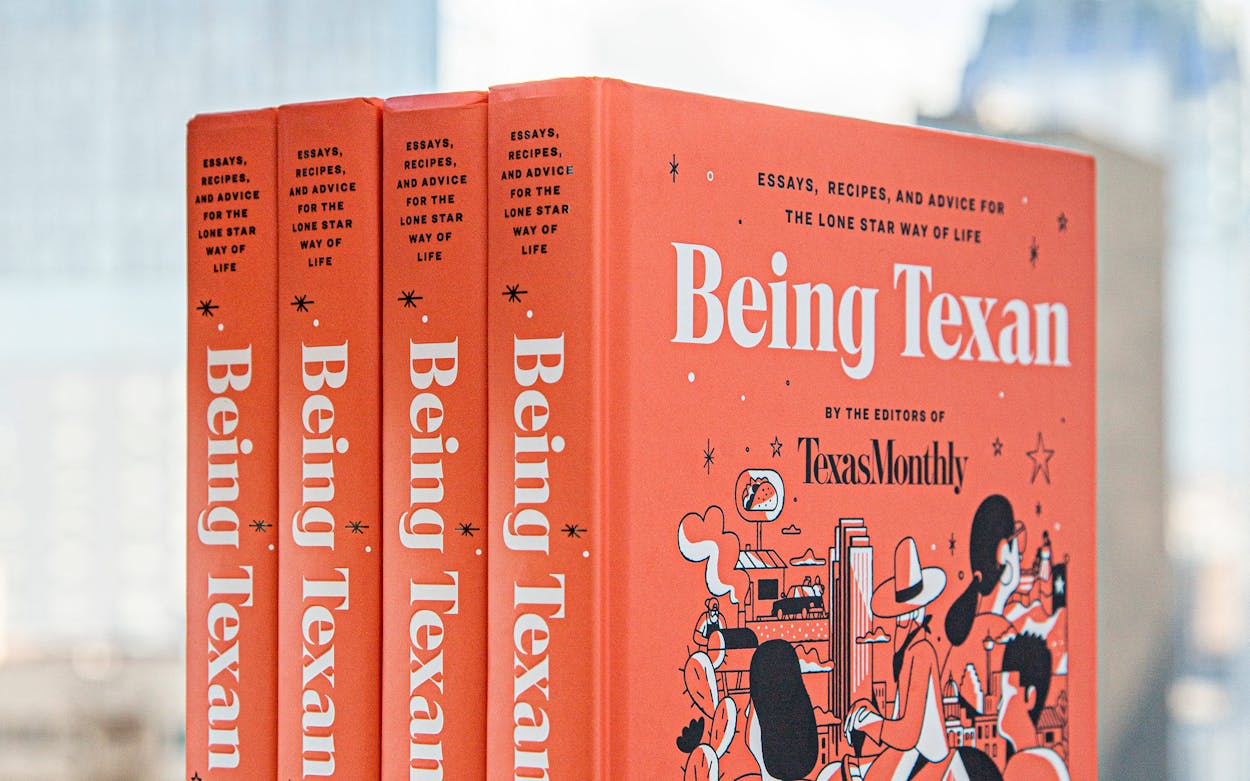One of the questions I get asked most often, by Texans and especially by friends elsewhere, is why, even as our state enacts broadly unpopular policies on everything from abortion access and voting rights to our chronically unreliable electric grid, new transplants continue to outpace departing Texans at a rate of about 3,800 a week, arriving from locations as far-flung as Mexico City, Miami, and Mumbai.
My reply starts with the observation that according to multiple opinion polls, the state’s recent legislation doesn’t reflect the views of most Texans. Those laws instead cater to the roughly 4 percent of the population that decides Republican primary contests. In recent years, winning the GOP primary has been tantamount to getting elected, thanks in part to the fecklessness of the state Democratic party, which seems content to control the biggest cities and makes little attempt to appeal to the majority of Texas voters. But that’s a story for another day.
While some new migrants are no doubt attracted by Texas’s political direction, most come in spite of it, for a simple and powerful reason: this is a great place to live. Political proclivities play a relatively minor role in whether someone moves here—or stays here. Companies that have lately offered to pay the relocation expenses of any employee who wants to, say, move to San Francisco from San Antonio have found few takers, according to a recent story on TexasMonthly.com.
Far more important to the newest Texans, as writer-at-large Tom Foster reports in this month’s cover story, is the abundance of good jobs in the state, along with the low cost of living (especially of housing) compared with, for instance, the Bay Area. Our lack of a state income tax is attractive to highly paid executives and software developers, especially if they arrive with a satchel full of stock options, which would be taxed as much as 13 percent in California. Corporations and entrepreneurs alike are lured by the state’s light regulatory touch and its long-standing admiration for wildcatters.
But those economic advantages tell only part of the story. Many new Texans quickly come to love what stirs the hearts of the native-born: everything from the state’s natural beauty and abundant outdoor activities to our peerless barbecue and tacos and our many flavors of live music. Sure, some Texans, especially among those 4 percenters I mentioned earlier, feel threatened when they see that Hispanics will soon overtake non-Hispanic whites as the state’s largest ethnic group. But many more embrace the state’s growing diversity, especially in cities such as Houston, where Bengali and Cameroonian and Persian restaurants thrive alongside joints serving brisket and chicken-fried steak.
Every month in this magazine and every day on our website, we explore the traditions and history of our state along with the ways that newcomers are adding new voices and customs to the mix. This issue includes stories on duck hunting, a Vietnamese Texan crafter of fine handbags, a dynastic family of high school football coaches, a celebrated Austin swing band, and a new Houston restaurant launched by an acclaimed Mexican-born chef.
Clearly there are many ways of Being Texan—which is why we chose those two words as the title of a collection of new and classic stories by Texas Monthly writers. It went on sale November 9 and marks our return to the book business, in partnership with publisher Harper Wave. Being Texan includes reports and essays that bring to life the state’s history and geography, weird place names and colorful sayings, iconic businesses and beloved homegrown brands, wildflowers and deadly critters, essential books and movies and songs, favorite dance halls and swimming holes, entertaining politicians, and wildly varied cuisines (complete with recipes).
I hope you’ll check out Being Texan and that you enjoy this issue of Texas Monthly.









